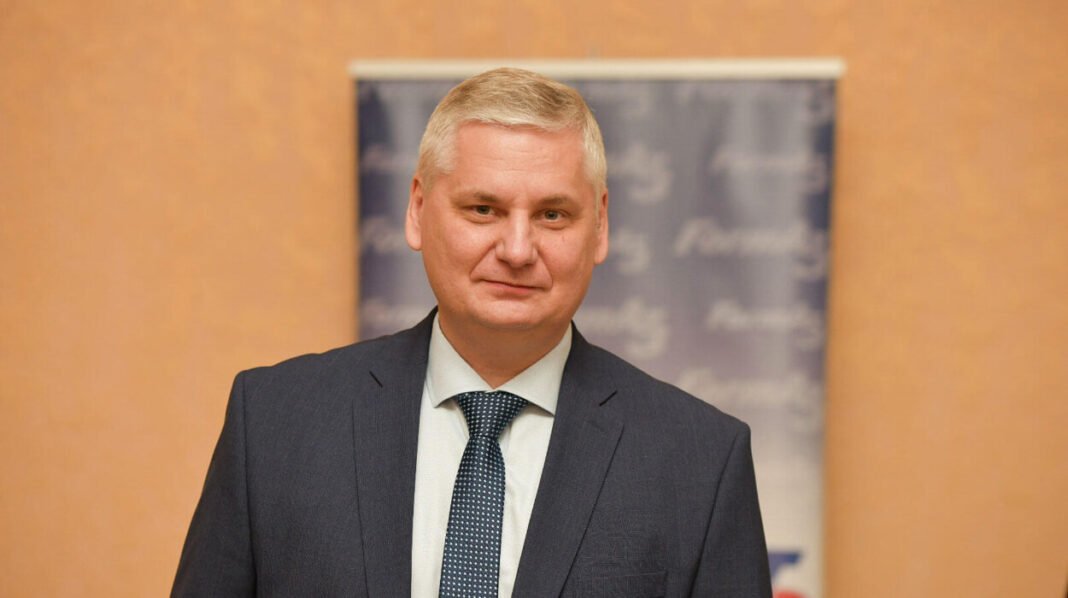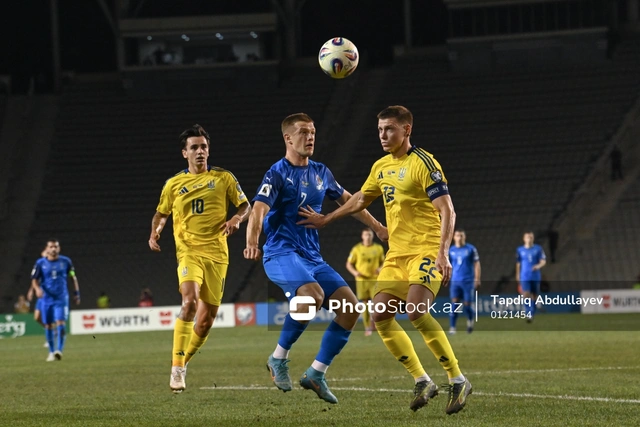By @mneniyefm
By Farhad Mammadov, Head of the South Caucasus Research Center
BAKU, September 9
The South Caucasus is entering a reset. Governments across the region are moving to revise assumptions many treated as constants for three decades. An assessment published on the @mneniyefm Telegram channel outlines four outcomes of the 44-day war—one fully realized and three in motion—and how key players are positioning around them.
Azerbaijan’s Territorial Integrity And Sovereignty
Mammadov argues that attempts to overturn post-war realities receded after 2023, giving way to gradual adaptation. It points to the OSCE’s decision to dissolve the Minsk Group – backed by all member states, including the former co-chairs—as evidence that Washington, Moscow, Paris and Brussels consider the file closed. Tehran is described as aligned with this closure following the Iranian president’s visit to Karabakh.
While some advocacy circles abroad still push to revive the issue, the piece characterizes them as marginal. It also claims that in Russia, some Karabakh Armenians who relocated there are being recruited for the war in Ukraine – framed not as a lobbying cohort against Azerbaijan but as a mobilization pool.
Peace Between Azerbaijan And Armenia
According to the piece, the peace track now has practical deadlines. Both governments are “ready for peace” and taking coordinated steps.
The United States and European Union are positioned to invest politically and financially; Turkey and Georgia openly support the effort.
Russia and Iran are said to grudgingly back the process while seeking to delay implementation – hence Moscow’s public insistence on how any Washington-brokered understandings should be executed.
If renewed war is no longer possible, the analysis argues, Armenia’s military reliance on Russia and Iran declines. Moscow continues to test familiar levers (domestic politics, diaspora, economic ties), while Tehran appears to be pivoting from talk of a military alignment to a strategic partnership with Yerevan.
Armenia–Turkey Normalization
The piece says both sides are ready, and that Baku has synchronized this track with the Armenia–Azerbaijan agenda.
U.S./EU support normalization and are prepared to underwrite it.
Russia and Iran are portrayed as the most uneasy: Turkey has no current presence inside Armenia, and normalization would expand Ankara’s footprint in the region.
Both capitals are described as bracing for Turkey’s entry into Armenia’s economic and political landscape, even as blocking it grows harder.
Unblocking Of Transport Links
Baku and Yerevan have signaled readiness to proceed; the U.S. aims to participate “on the ground,” while the EU is prepared to finance elements—its special representative has already visited Baku, Nakhchivan and Armenia, the analysis notes.
The author anticipates a “last battle” over design and control, especially around defining the TRIPP segment of the Zangezur Corridor and breaking ground on infrastructure.
Armenia is depicted as working the file with Iran, France and Russia to secure its interests as routes reopen.
In the author’s view, regional capitals are moving to implement the war’s outcomes, setting the South Caucasus’ new parameters. If Azerbaijan and Armenia take the core decisions themselves, external actors will be presented with a fait accompli and adapt more quickly to the emerging reality. Expect turbulence and friction, but the process is advancing.










